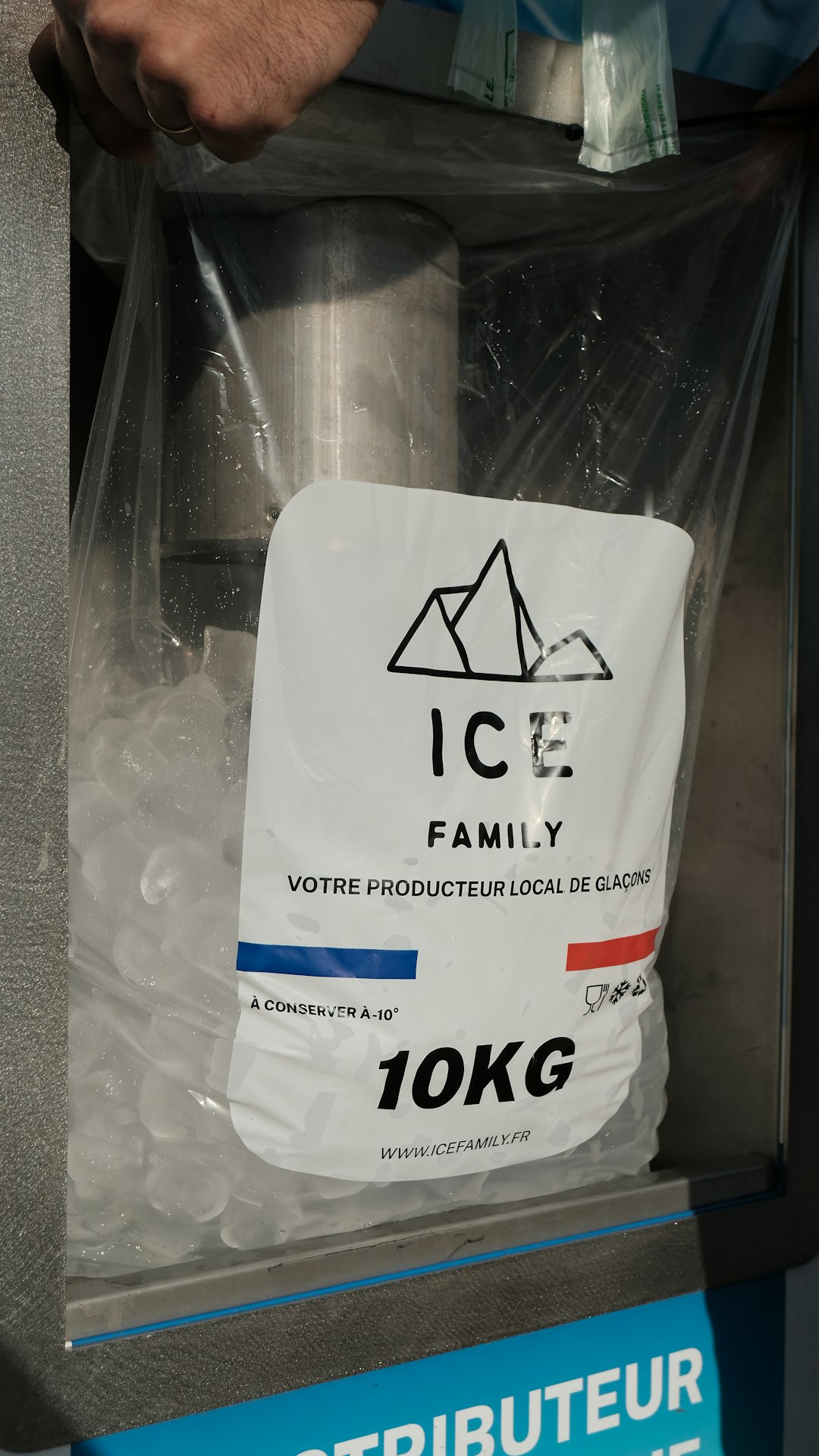Mixue: The Rise of an Ice Cream and Tea Empire
Introduction
In recent years, Mixue (蜜雪冰城, mì xuě bīng chéng)—commonly known as Mixue Ice Cream & Tea—has emerged as a household name not just in China but across Asia. With its cheery snowman mascot and affordable menu, Mixue has become a phenomenon in the beverage and dessert industry. This article explores Mixue’s origins, business model, product offerings, global expansion, and its impact on the fast-growing market of “new-style tea” and ice cream.
1. Origins and Evolution
Founded in 1997 by Zhang Hongchao in Zhengzhou, Henan Province, China, Mixue started as a humble ice cream stall. At a time when ice cream was still a luxury for many people due to cost, Zhang focused on providing high-quality, affordable treats. After years of persistence and adaptation, the brand expanded into beverages, especially the rapidly growing bubble tea sector.
Timeline of Major Milestones
| Year | Milestone |
|---|---|
| 1997 | First stall opens in Zhengzhou |
| 2007 | Start of franchise expansion |
| 2010 | Introduction of tea-based drinks |
| 2017 | 5,000th store opens |
| 2022 | International expansion accelerates |
| 2024 | Over 35,000 stores worldwide |
2. Business Model: The Secret to Expansion
Mixue’s explosive growth can be attributed to its innovative yet simple business model. The company employs a franchise system with low entry barriers—franchisees can open a store for around 350,000 RMB (~$50,000 USD), significantly less than many competitors.
Key Features of the Mixue Business Model
| Aspect | Details |
|---|---|
| Franchising | Low start-up cost, standardized training, centralized supply |
| Vertical Integration | Owns manufacturing plants, logistics, and R&D centers |
| Affordable Pricing | Most items priced RMB 5-12 (less than $2), accessible to all |
| Branding | Memorable snowman mascot, catchy theme song, nationwide ads |
This model has allowed many small entrepreneurs to join the Mixue network, accelerating the brand’s growth.
3. Product Portfolio
Core Offerings
Mixue is renowned for its diverse product selection, which includes:
- Soft Serve Ice Cream: Creamy and sweet, served in cones or cups.
- Milk Tea: Classic pearl milk tea, fruit teas, and cheese teas.
- Fruit Smoothies: Fresh fruit flavors, often topped with boba or jelly.
- Seasonal Specials: Dragonfruit juice, mango smoothies, and limited-edition flavors.
Sample Menu and Pricing Table
| Product | Description | Price (RMB) |
|---|---|---|
| Signature Ice Cream Cone | Classic vanilla soft serve | 3 |
| Mixue Milk Tea | Black tea with chewy tapioca pearls | 5-6 |
| Lemon Black Tea | Iced black tea with real lemon slices | 6 |
| Mango Smoothie | Creamy mango blended drink | 8 |
| Strawberry Slush | Ice-blended strawberry beverage | 7 |
The affordability and consistent taste have made Mixue a staple for students and families alike.
4. Marketing and Brand Identity
Mixue’s snowman mascot is instantly recognizable and appears on store fronts, packaging, and social media. The chain is also known for its virally catchy theme song (“Mixue Bingcheng, Sweet Honey Ice City”) and regular interactive campaigns on platforms like Douyin (TikTok China) and WeChat.
Marketing Strategies
- Digital Engagement: Meme-worthy visuals and music.
- Loyalty Programs: Discounts and points for repeat customers.
- Community-Centric: Opening stores near schools, universities, and public areas.
5. International Expansion
Starting in 2018-2019, Mixue set its sights abroad. The menu was adapted to local tastes—less sweet in Southeast Asia, more tropical fruits in Vietnam and Indonesia. By 2024, Mixue had stores in:
- Vietnam
- Indonesia
- Thailand
- Malaysia
- Philippines
- South Korea
- Singapore
- Australia
- And more…
International Store Distribution Table (2024 Estimate)
| Country | Number of Stores |
|---|---|
| China | 30,000+ |
| Vietnam | 2,000+ |
| Indonesia | 1,500+ |
| Thailand | 500+ |
| Malaysia | 200+ |
| Rest of Asia | 800+ |
6. Social and Economic Impact
Mixue has democratized access to ice cream and tea drinks in China and beyond. By providing a low-cost franchise model, it has created countless small business opportunities and jobs. However, the brand also faces challenges: copycat brands, changing health regulations, and evolving consumer preferences.
7. Criticism and Challenges
Concerns & Criticisms
- Homogeneity: Rapid expansion leads to a “sameness” in urban areas.
- Sugar Content: Criticized for sweet, calorie-dense beverages.
- Competition: Faces tough rivals domestically (Nayuki, HeyTea) and globally.
Response
Mixue continually revamps its product lineup, introduces lower-sugar options, and experiments with new flavors to maintain customer interest.
8. The Future of Mixue
With innovation at its core, Mixue shows no sign of cooling down. The company is exploring international collaborations, sustainability initiatives (eco-friendly packaging), and digital ordering systems. As the new “sweet honey city” of Asia, Mixue is poised to keep redefining the way people enjoy affordable, delicious sweets and drinks.
Conclusion
From a single ice cream stall to a global franchise powerhouse, Mixue’s story is a remarkable example of business acumen, branding mastery, and market adaptation. As it continues to spread across continents, it’s clear that Mixue’s blend of affordability, accessibility, and fun has struck a winning chord.
References
- Mixue Official Website (Chinese)
- “Why Mixue Became China's Most Ubiquitous Tea Chain,” Sixth Tone, 2023.
- “Mixue in Southeast Asia: What’s Behind its Global Success?” The Straits Times, 2024.
- Franchise Documentation and Annual Reports
If you walk down an Asian street and spot a red-and-white snowman bobbing above the crowd, you can be sure you’re never far from a scoop of Mixue’s sweet success.

Comments
No comments yet. Be the first to comment!